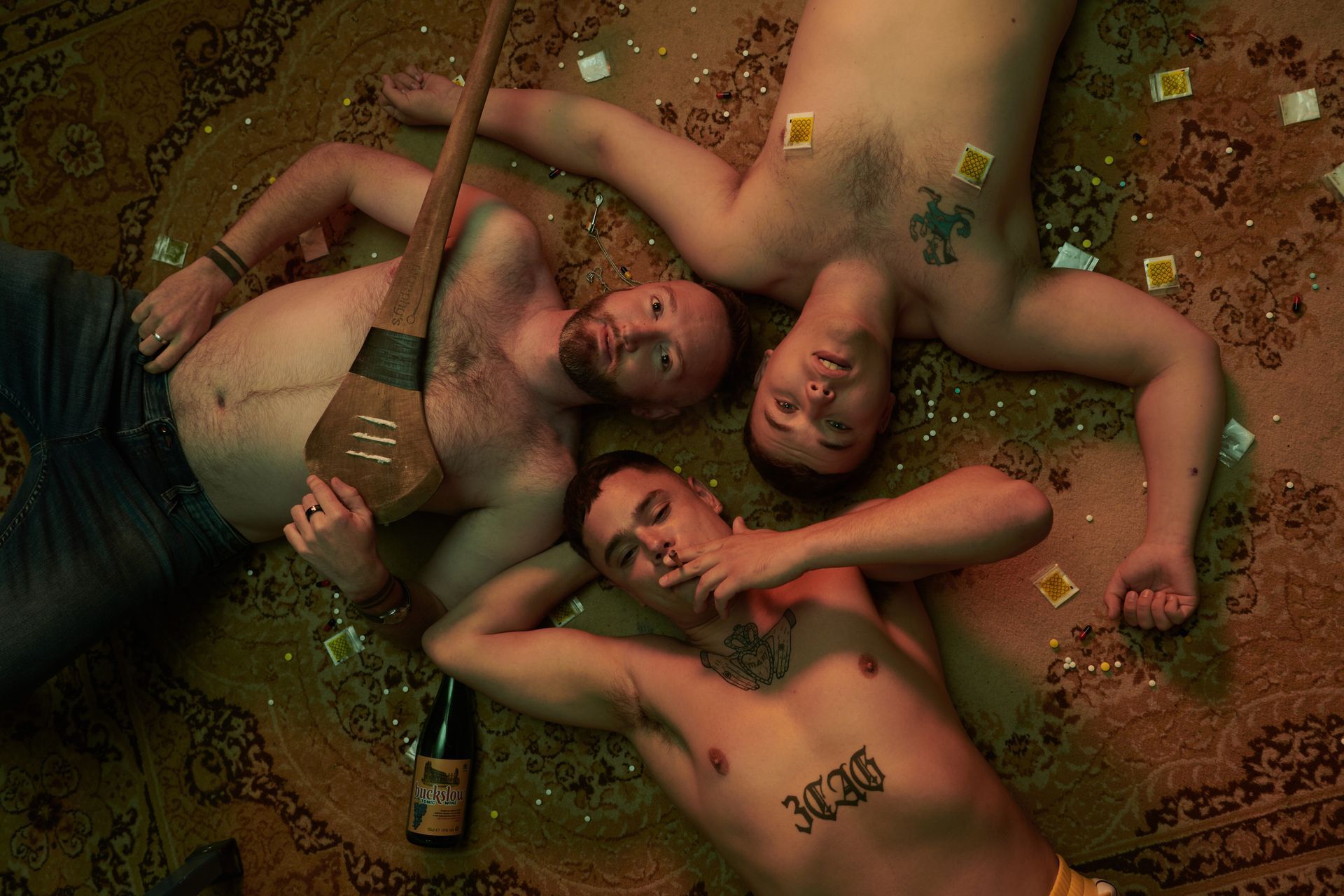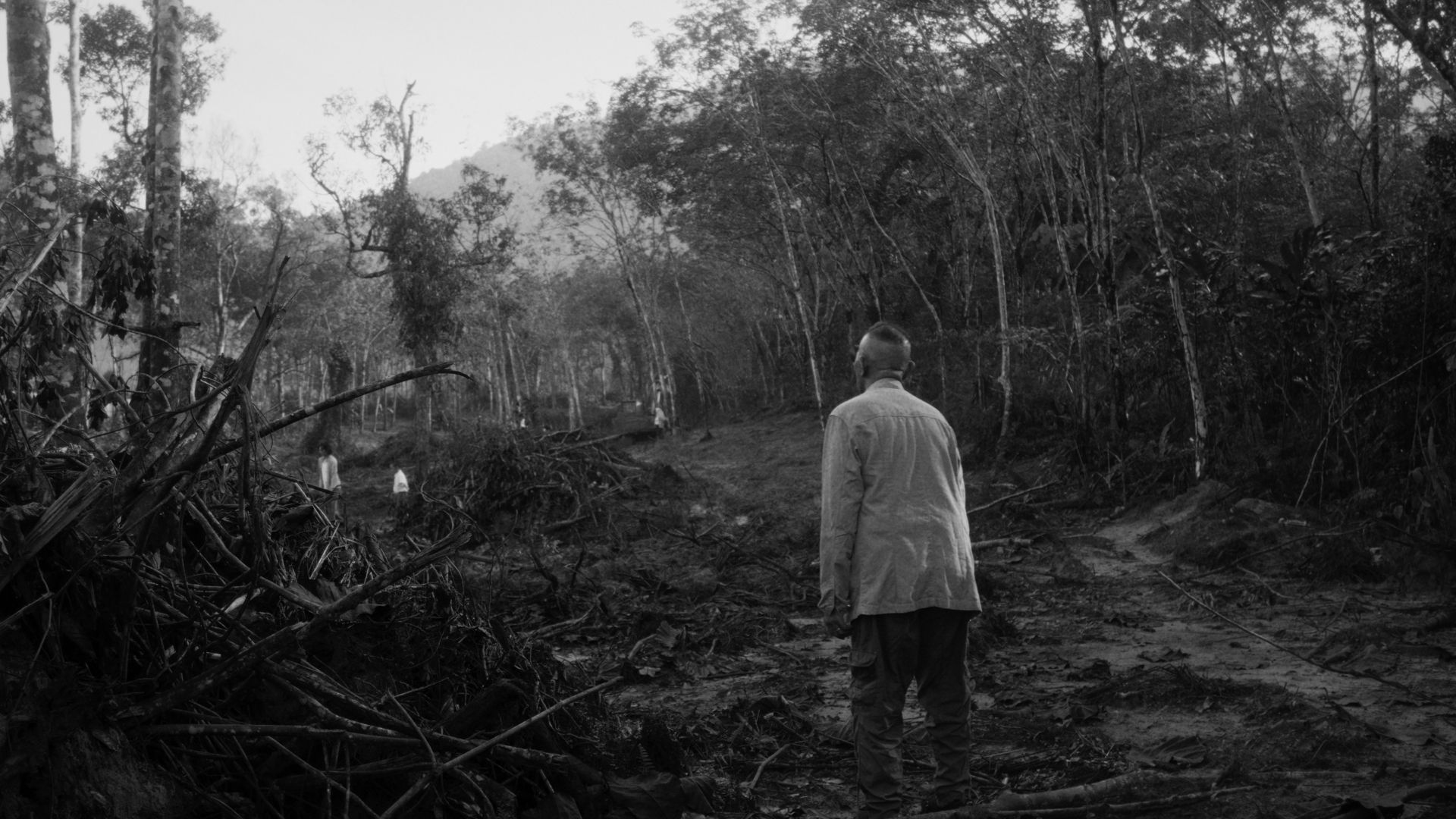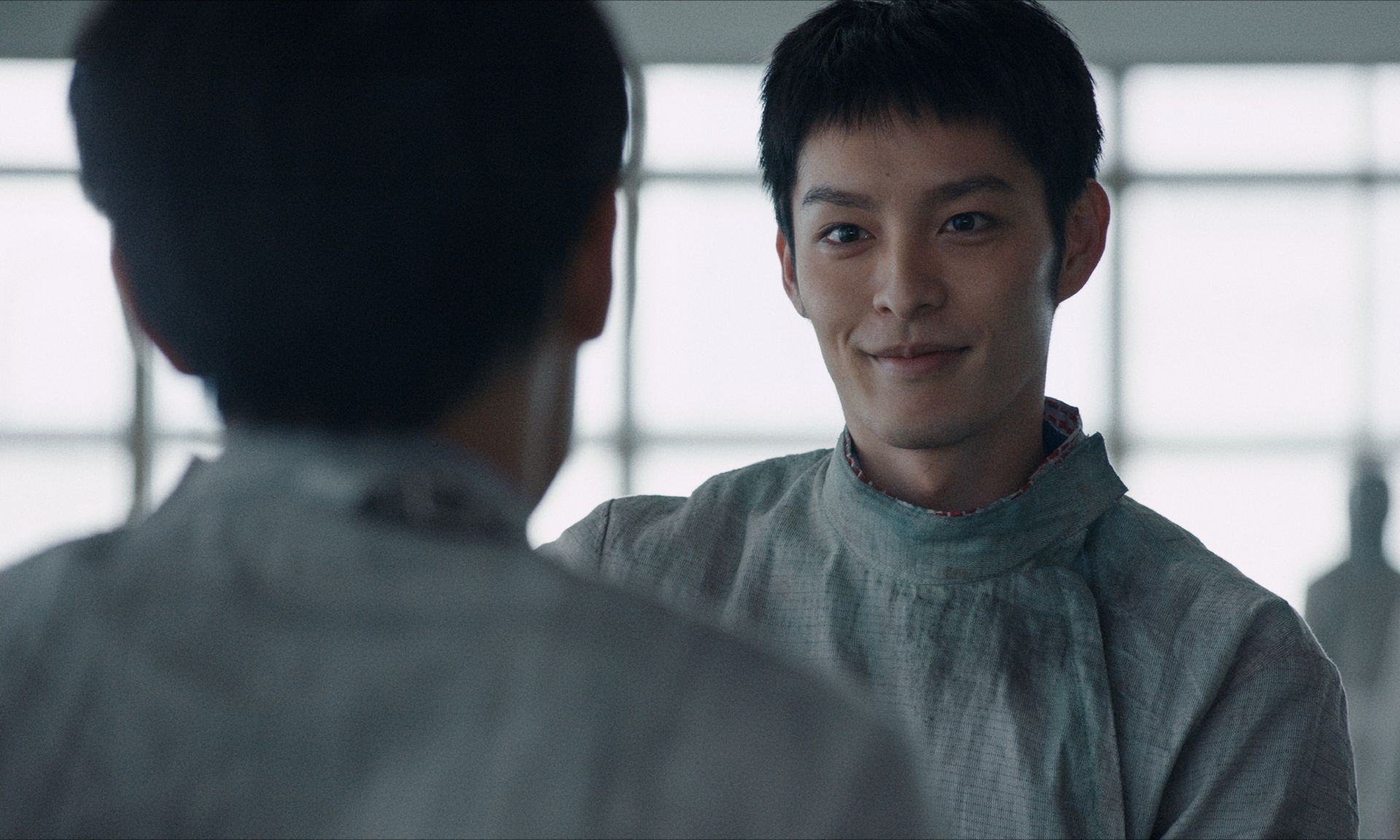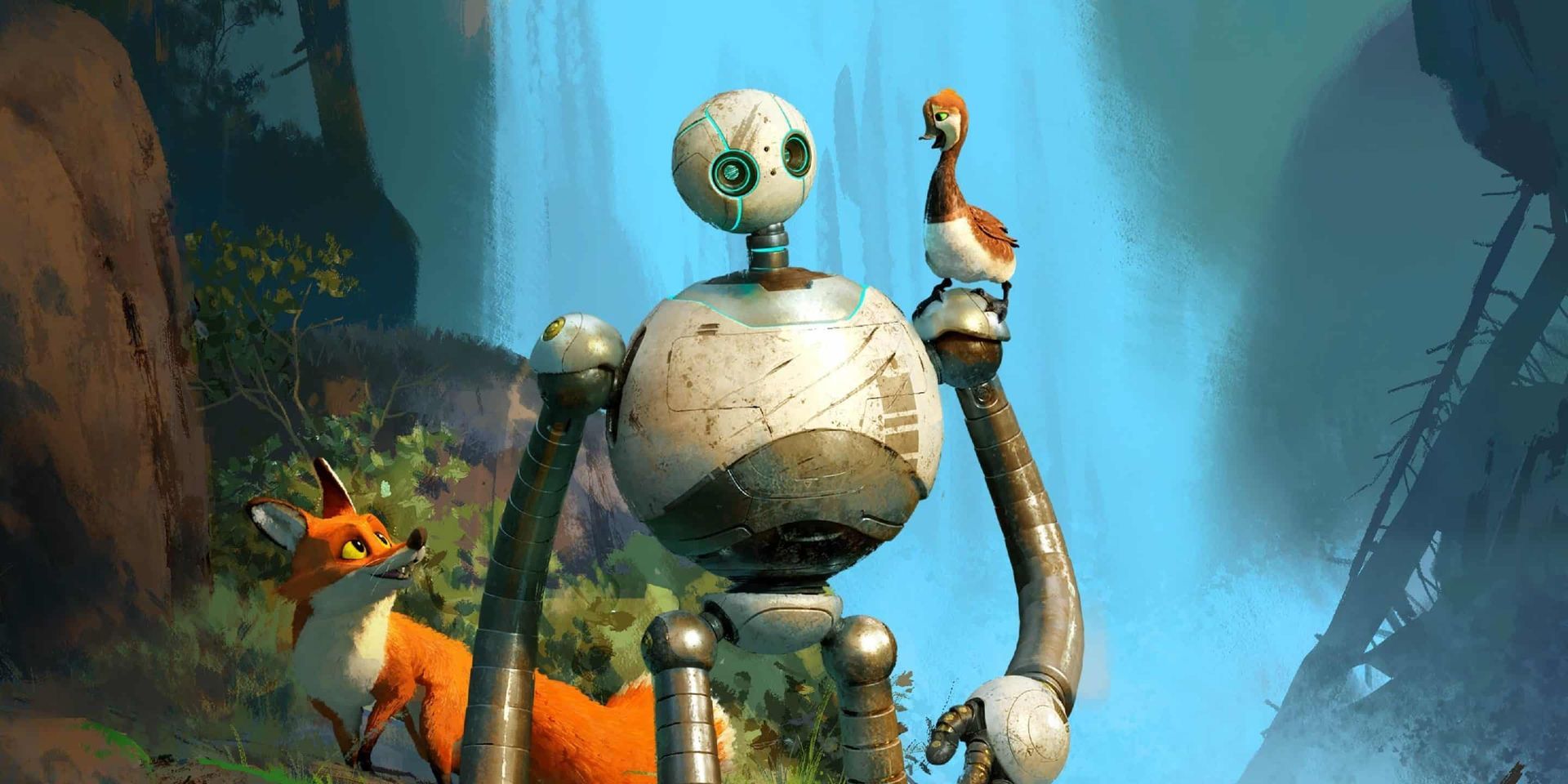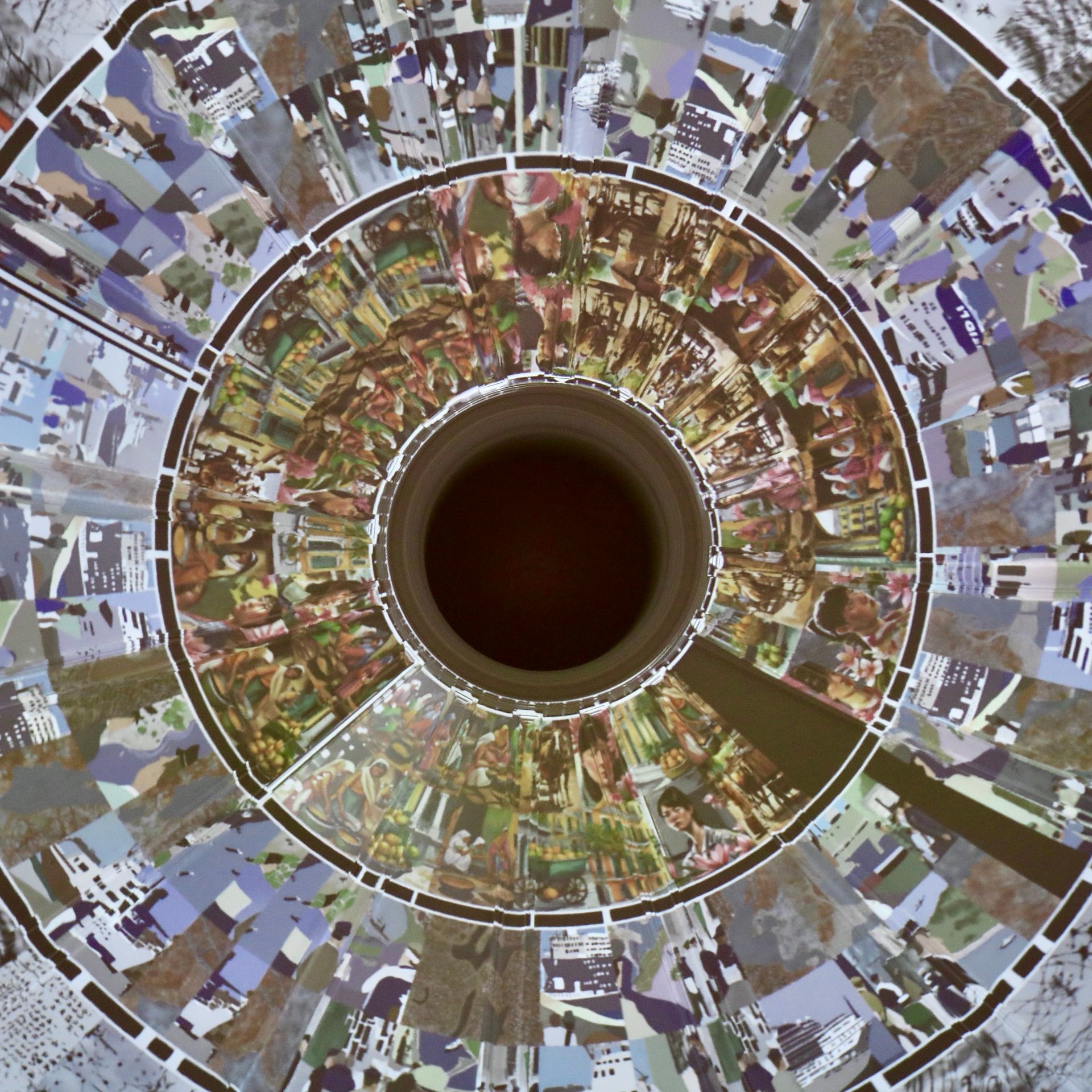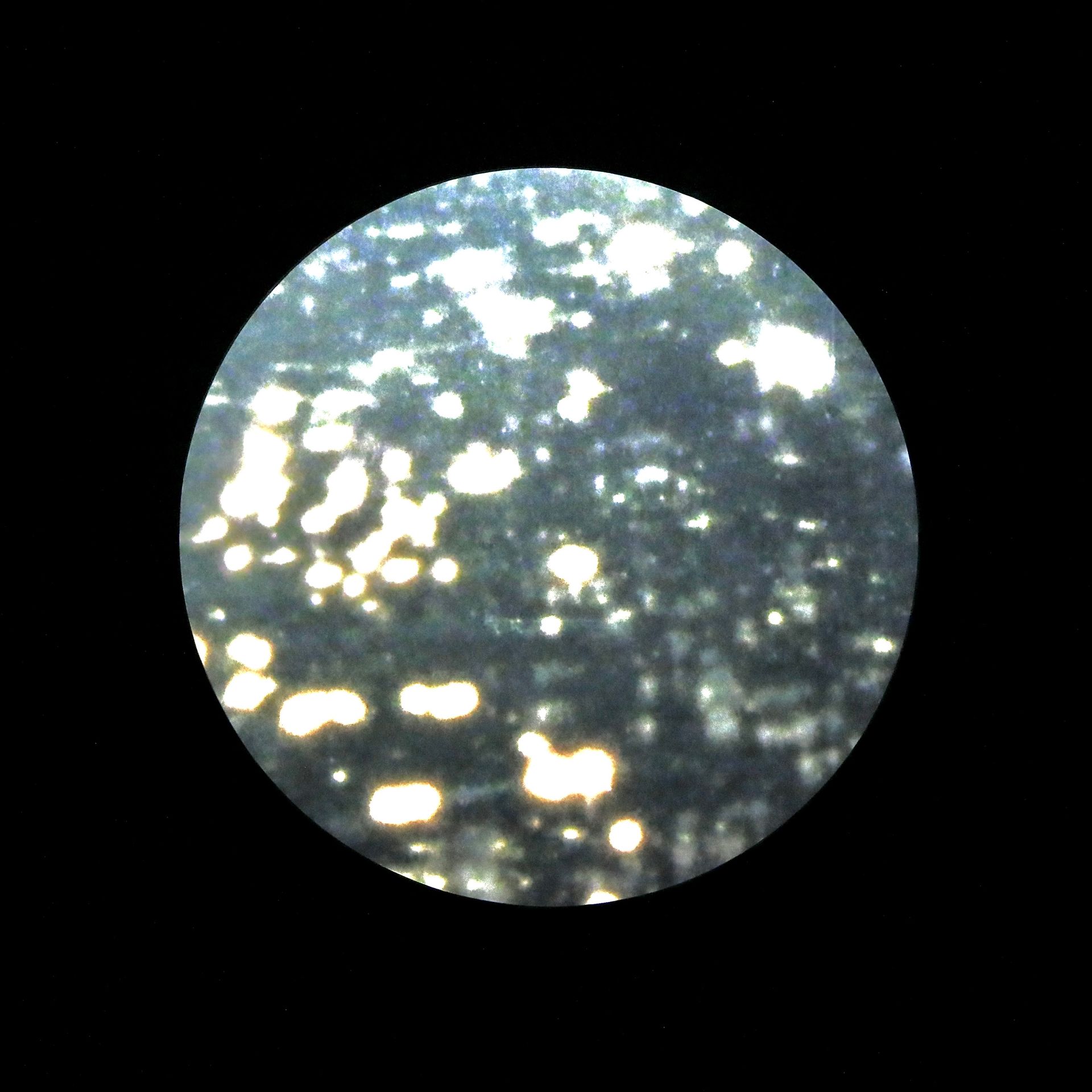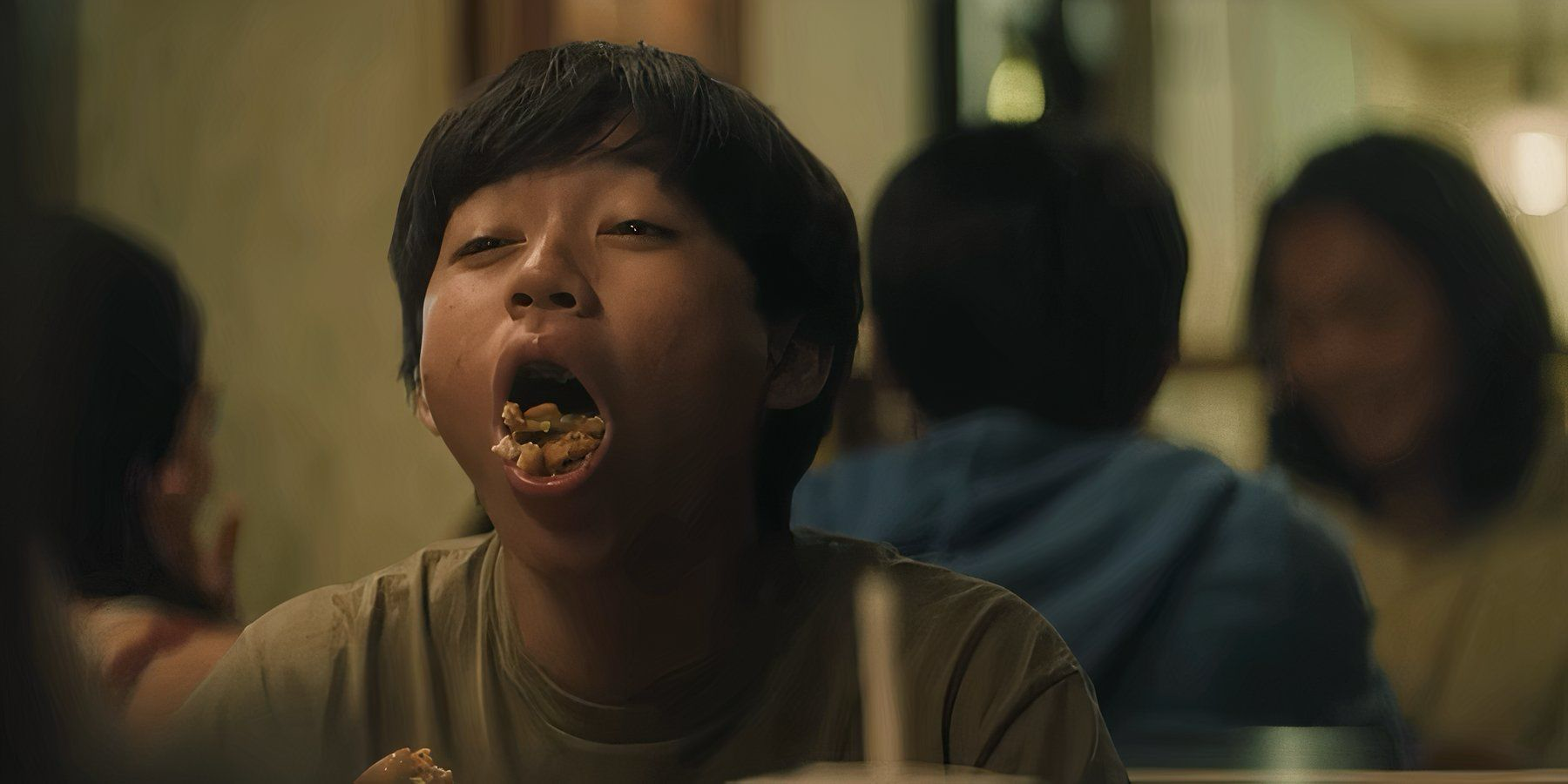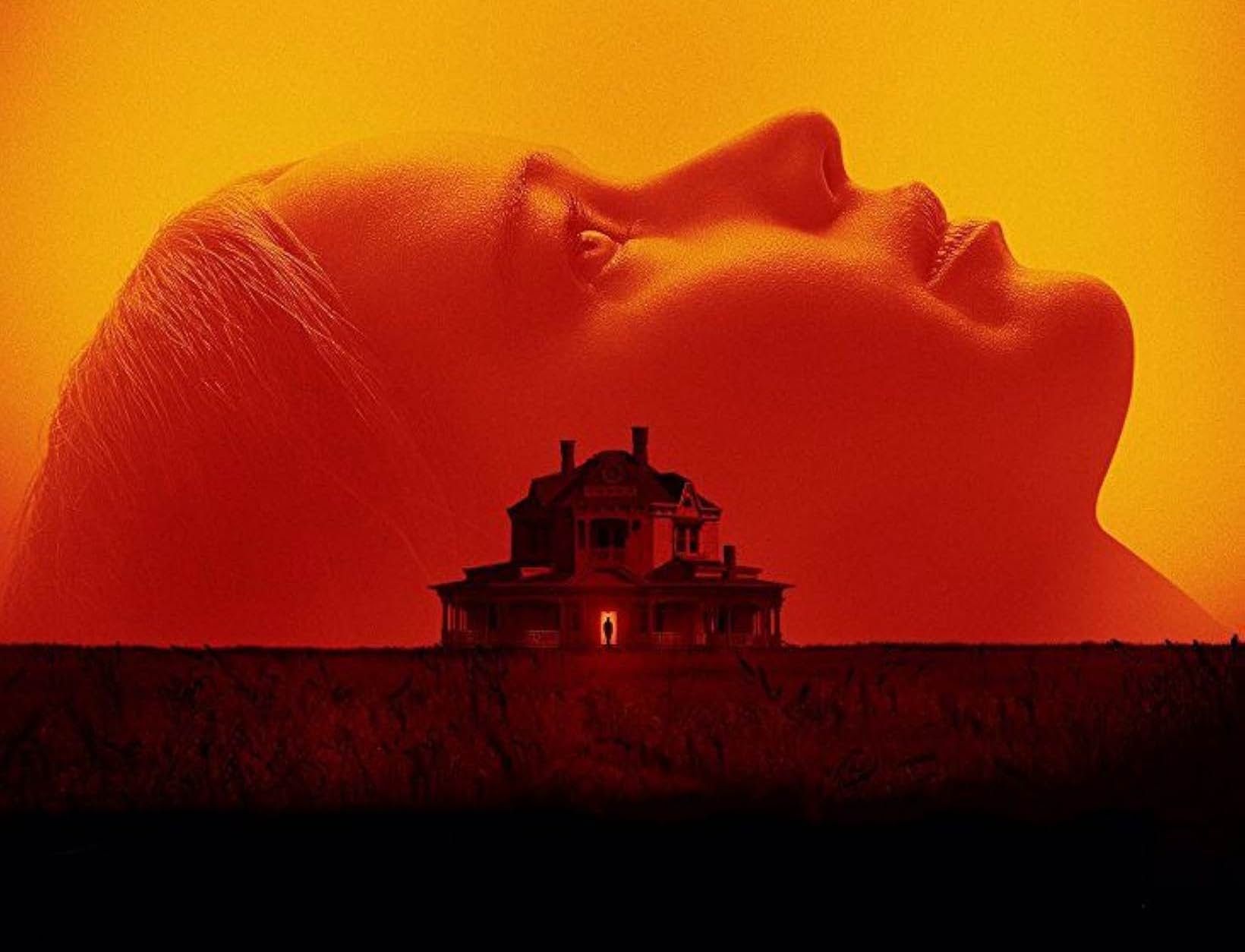Film Review #126: SNOW LEOPARD
Film Review: Pema Tseden’s Snow Leopard
On the evening of August 24, 2024, I watched Pema Tseden’s masterpiece Snow Leopard on the big screen in Singapore. This film left a profound impact on me, particularly the deep, soulful gaze of the snow leopard, which seemed to embody a sense of forgiveness and compassion. Through its eyes, I felt as though I could glimpse the director himself, prompting deep reflections on life and nature.
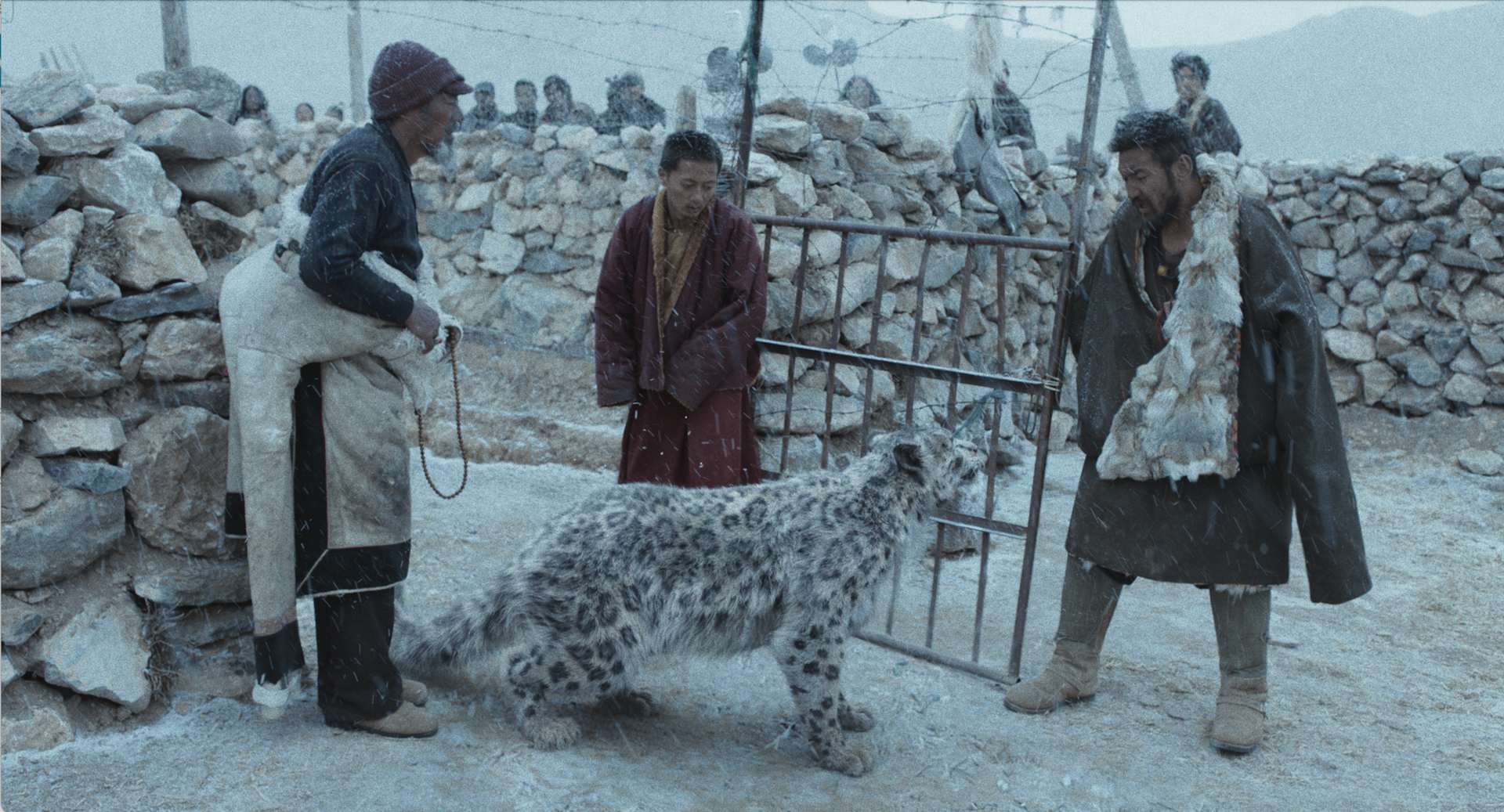
The film continues Tseden’s signature approach to storytelling—using a “small” story to explore “big” wisdom. Centered around the core event of a snow leopard killing nine rams, the story unfolds through the perspectives of a herder, a lama, journalists, and government mediators. Despite the seemingly straightforward plot and simple language, the film engages in a profound discussion about human nature and the natural world. The conflicts between the herder and the snow leopard, and among the human characters, vividly illustrate the clash between modern civilization and traditional Tibetan culture—more specifically, the collision of values, beliefs, and ways of life. The juxtaposition of a lama carrying a DSLR camera, a Tibetan eating birthday cake, and everyone gathered to watch a BBC documentary alongside infrared footage of wildlife on the snowy mountains, makes this cultural clash even more apparent than in Tseden’s earlier works, such as The Silent Holy Stones (2005) and Balloon (2019). Perhaps this also reflects the current reality of Tibetan culture, which is constantly confronting and integrating with the forces of modernization.
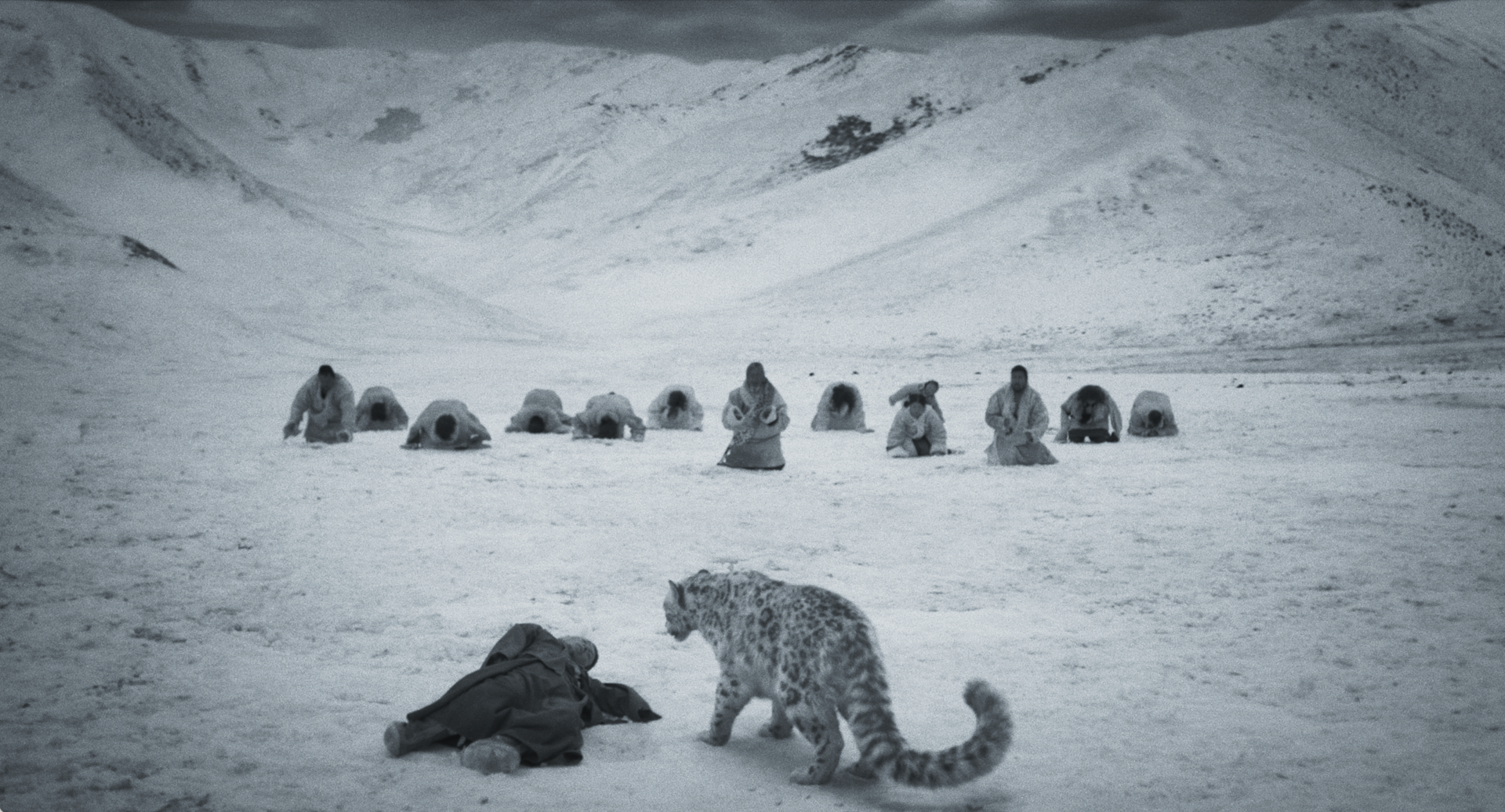
The film’s black-and-white sequences were particularly striking and beautifully executed. These scenes were surreal, establishing a sacred and spiritual connection between the snow leopard and the lama. Their gazes are not just mutual observations, but also acts of self-examination. The use of CGI in these sequences represents Tseden’s exploration of new expressive techniques, marking a departure from his previous works.
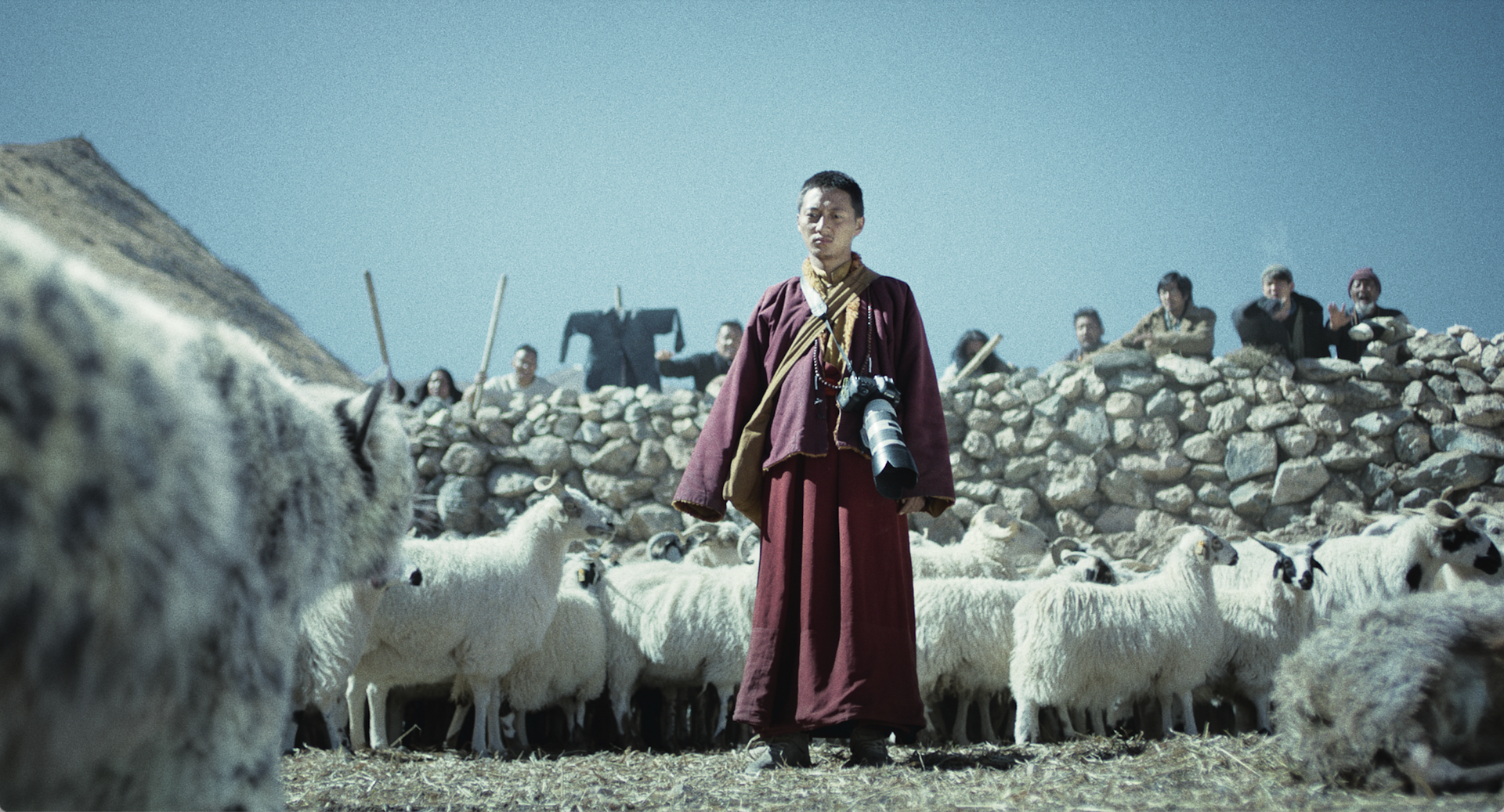
Another element that deeply impressed me was the film’s meticulous sound design. The sounds of the snow leopard, vultures, and other animals in various situations were captured with incredible subtlety and authenticity. This attention to auditory detail significantly enhanced the film’s realism, creating an experience that can only be fully appreciated on the big screen in a theater.
Lastly, I must mention Jinpa’s performance. His delivery, especially the intensity in his voice when speaking his lines, was truly compelling. He brought to life the unique character and approach to life of a Tibetan herder, making his portrayal resonate deeply with the audience.
_______________________
About the author: My name is Xia Zhongjing, and I'm from Suzhou, Jiangsu, China. Now, I live in SG. I am a professional in the film and television industry with a Master of Arts degree, and I studied film in New York. My primary work focuses on documentaries, and I have a deep passion for all forms of beautiful artistic expression.
Watch the film with us and stay for the exclusive post-screening virtual Q&A moderated by our Chairman, Kenneth Tan with special guests Jigme Trinley, and Dukar Tserang.
🗓️4 Sept, Wednesday
🕐 7:30pm
📍 The Projector@Cineleisure (Level 5)
SFS members can redeem tickets to the 4th September session of SNOW LEOPARD for free and enjoy $2 off other Pema Tseden films. RSVP here for 4th September screening:
https://singaporefilmsociety.eber.co/
Tickets to The Projector's Remembering Pema Tseden retrospective screenings are available here:
https://theprojector.sg/themes/remembering-pema-tseden/


